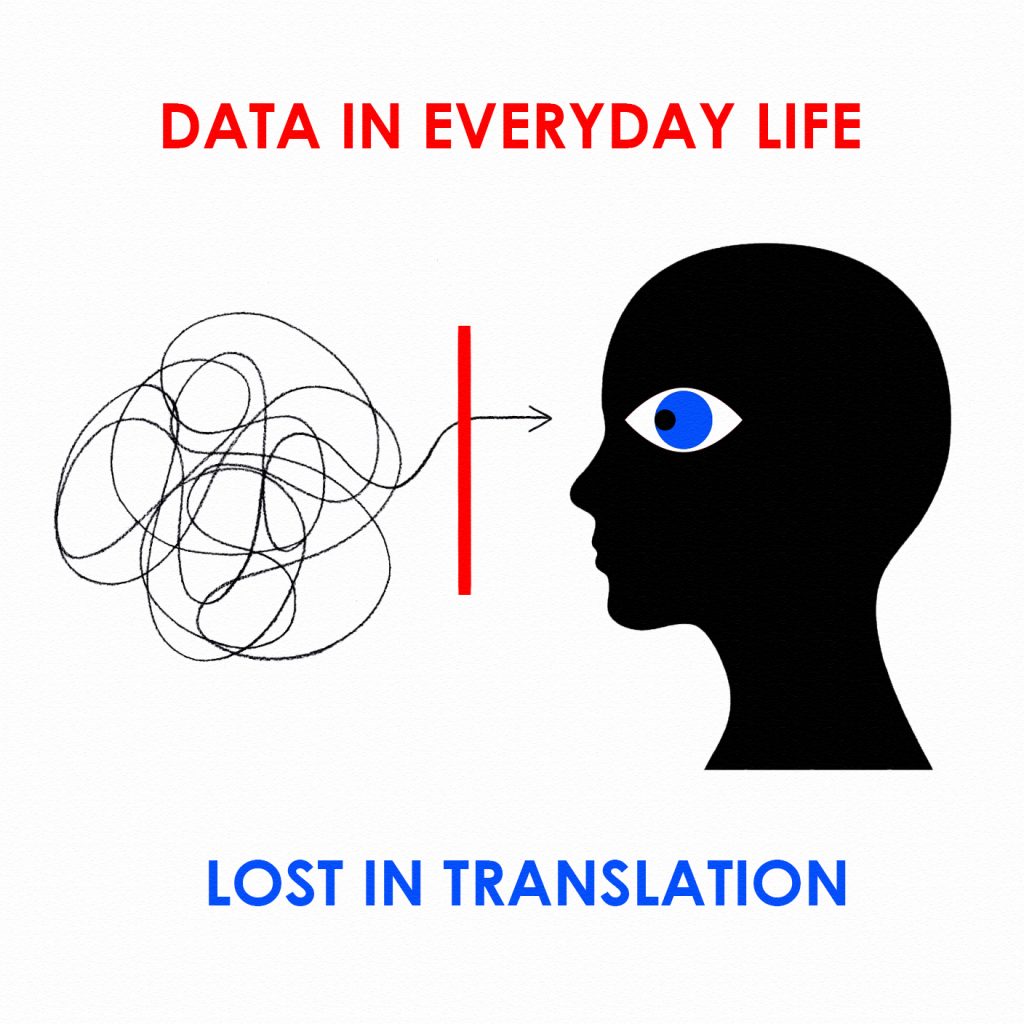
Research and data often feature very specific language, jargon, and specialized knowledge; however, many types of research including health and science research often get media coverage. Somehow, the language used and understood by those in a specific discipline needs translation into plain language so people outside the discipline can comprehend the study. Sounds easy enough, right?
If only! The reality is that research including data and conclusions can be miscommunicated in media publications for a multitude of reasons. For example, in 2023 the diabetes medication Ozempic and it’s weight loss version Wegovy had a media blitz as the cure to obesity. Some examples of headlines include:
- Treating Obesity: Will New Drugs End the Crisis?
- Will new weight loss drugs really bring an end to obesity?
- Should We End Obesity?
- Is Ozempic being misused?
- Ozempic and similar drugs linked to gastrointestinal conditions: B.C. researchers
- Ozempic lawsuit proposed over rare side effects
- Obesity drug Wegovy cut risk of serious heart problems by 20 per cent, study finds
That’s a small sample of information focused mainly on the effects of the drug, which barely scratches the surface and does not include social media commentary, podcasts, or think pieces. I didn’t even touch on the debate on gossip sites about which celebrities are using Ozempic, the black market trade of Ozempic, the supplement now being marketed as “nature’s Ozempic,” the role of capitalism in health care, or the discourse on body acceptance.
I didn’t include these topics because I don’t feel like being mentally exhausted and I’m already mentally exhausted by this coverage. Consider how impactful and overwhelming this media discourse could be on someone who is looking at Ozempic as a treatment for their diabetes. It would be stressful. Imagine being a medical professional just trying to get a good summary of the research to explain how the drug to works a patient. It would be a lot of work. How do we navigate all the information?
One solution is plain language summaries, which communicate a summary and the significance of the research with clear, approachable, jargon free language that a wide audience would be able to understand. Plain Language Summaries are becoming more common in research where publications, such as Taylor and Francis, are providing guidance to researchers on how to write a plain language summary. Plain language summaries do include descriptions of data, but they have to be carefully considered. Sage Publications has a detailed blog on writing plain language summaries which outlines that only essential data should be presented as absolute numbers, percentages, or natural frequencies.
Plain language summaries are not a perfect solution however; they can be miscommunicated and misinterpreted. For example, in January 2023, Cochrane Review presented a meta-analysis (a review and statistical analysis of the results from multiple studies on a topic) on the effectiveness of masks in reducing respiratory illnesses and the plain language summary was widely misinterpreted leading to multiple articles, social media posts, and other commentary on how “science proves masks don’t work.” This interpretation was the result of wording in the plain language summary that said “we are uncertain whether wearing masks or N95 respirators works” when it should have said “the results were inconclusive.” One statement brings into doubt the effectiveness of mask wear and the other states that there isn’t enough evidence to make a conclusion. I’m not going to get into all the details of how and why this happened, but will refer you to articles from Scientific American and Vox for a good breakdown and interpretation of what happened.
Another consideration with plain language summaries is they can be written to overhype the research. The Education YouTuber Derek Muller (Veritasium) has an excellent video describing the broader issues of science communication. Again, the summary (in plain language!) is that the most unexpected, novel, or surprising results tend to gather the most media attention; however, the results are usually flawed, incorrect, or false. Adding to the problem is when the research is found to be false, reporting is not as impactful as the initial (false) research release. Bold or misinterpreted claims to create hype for science can decrease trust in science.
Plain language summaries are an excellent resource for sharing research news with a wide audience, but they also require us to consider broader issues with research communication. As always, read the summaries carefully and look at multiple reliable sources to get a balanced interpretation. Remember if something seems overhyped, you might need to keep an eye out for a retraction or correction.
Author: Kaetlyn Phillips
